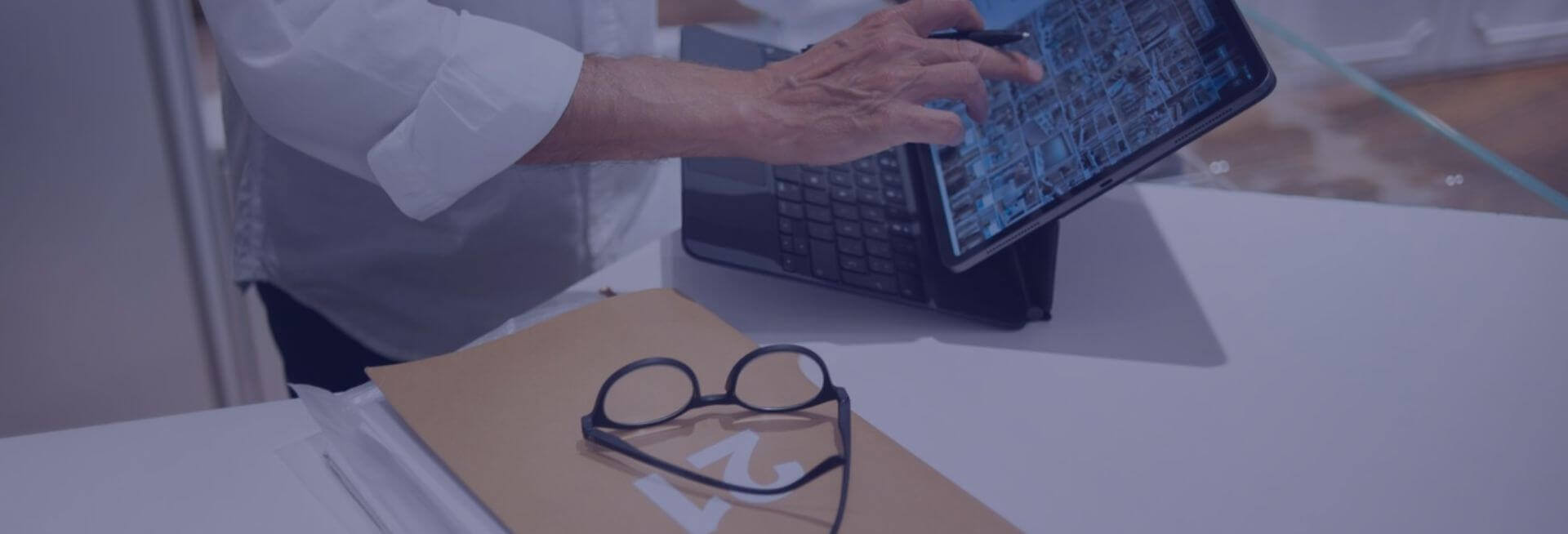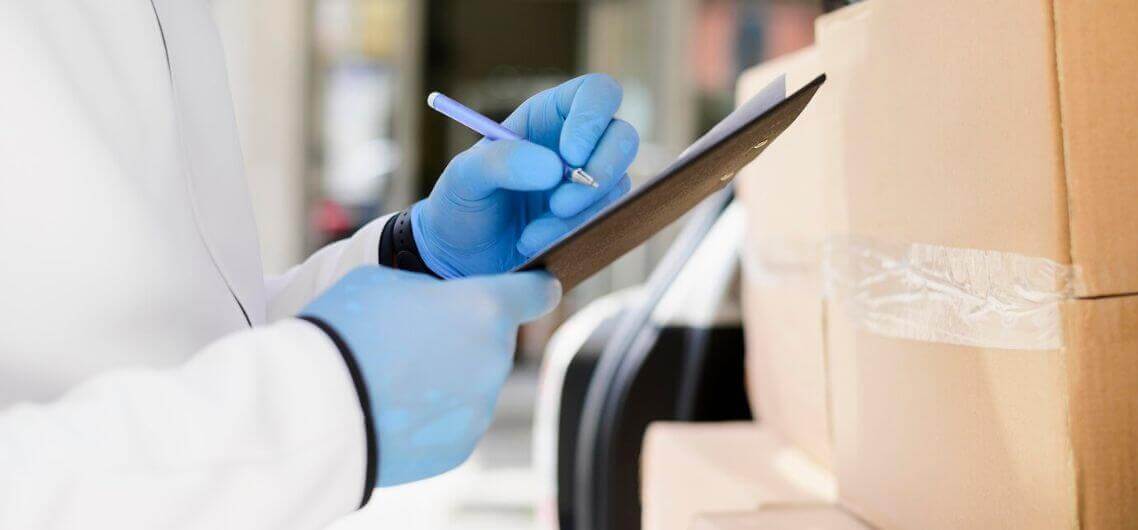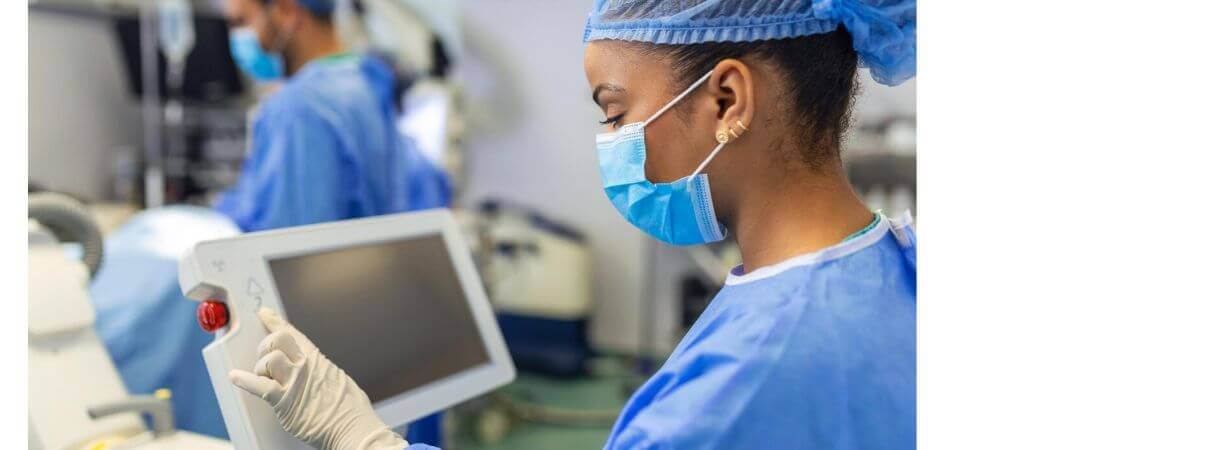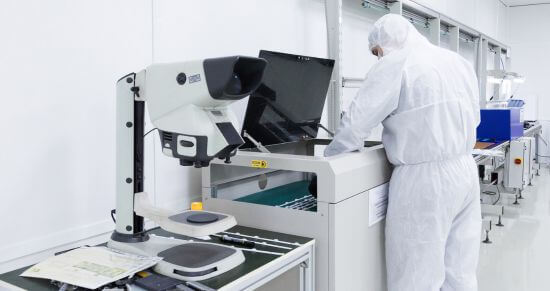Hello, Regulatory Expert!!
We all know why transport validation of the medical device is performed.
It is performed for the safe and effective delivery or transfer of the Medical Device from the manufacturing site to the end users, such as patients’ homes, user facilities (hospitals, clinics, or patients’ homes), etc. Transport validation also examines the compatibility of the packaging and its safety.
The transportation and storage of the device must not affect the safety and performance requirements of the device, maintain the sterility of the device, or cause any physical damage to the device.
But do you know how this transport validation is carried out?
There are various methods available that are used for transportation validation.
Here are the names of those methods/tests:
- Drop test
- Vibration test
- Compression Test/Vehicle Stacking
- Altitude test
- Climatic conditions test
- Water Spray test
The manufacturer needs to determine the temperature, humidity, shock, pressure, and any other factors that can affect the packaging integrity of the device. This has to be done before going for the transport validation.
The manufacturer can identify the special storage condition through the stability study of the device.
The shipment size, the mode of transportation, the shipping routes, the shipping environment, and the acceptable safety margins must be taken into consideration while choosing the tests.
The manufacturer can choose the test that is appropriate for the device, as there is no specific standard available for transport validation. The manufacturer has the option to conduct real-time trials or else outsource this activity to any external laboratory with simulated environmental conditions.
Real-time trials?
Yes, you can perform real-time trials at your premises!!
Here are some examples of how these real-time trials are carried out:
- Drop Test: In the case of a drop test, you can just drop the device from a staircase to prove that the package is non-breakable or that no damage has been observed to the device.
In the same way, we can prove the vehicle stacking test and the vibration test.
- Altitude test: In the altitude test, the device is placed in a box that can handle different pressures. Air that is present in the box is gradually removed until the required low pressure is reached. These can characterize the effects that are caused by the low-pressure environment.
Other methods include packing the device, sending it to the most uncertain location, and getting it back. Keep the evidence of the photograph before and after receiving the package. The manufacturer must validate the method and document the results.
If the manufacturer has identified any deviations from the expected safety and performance requirements, that information should also be documented.
- Water Spray Test: In the Water Spray test, the top surface of the device package is sprayed with water and maintained at a constant temperature at a specified rate for a defined period. Each area of the device package is sprayed either intermittently or continuously.
The ultimate goal of all these tests is to prove that the device package is good enough for safe and effective transport.
MDR requirements on Transport Validation
General Safety and Performance Requirements (GSPR) Annex I of the EU MDR 2017/745, specifies the transportation and storage requirements of medical devices. The requirements can be summarized as:
Devices shall be packaged in such a way that their performance and characteristics during their intended use are not adversely affected during transport and storage.
- The device shall be packaged in such a way as to minimize the risk posed by residues and contaminants to patients.
- Devices having a specific microbial state shall be packaged to ensure that they remain as they are under transport and storage conditions and remain in that state when placed on the market.
- The package shall ensure that it retains its sterility until the package is broken.
Hence, transport validation is a mandatory requirement to perform for the medical device that is intended to be sterile while being placed on the market. Re-validation is also being conducted to verify continued compliance with applicable regulatory requirements.







